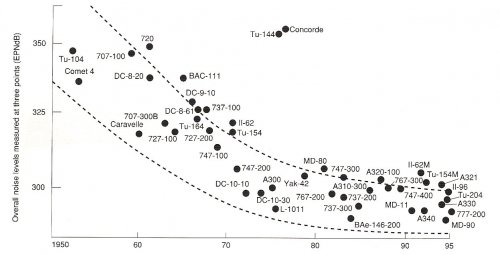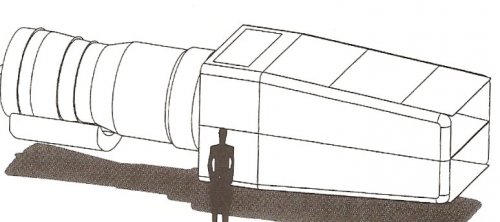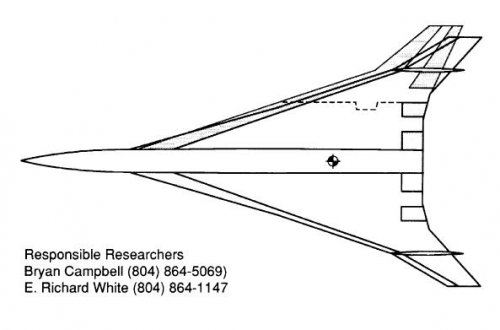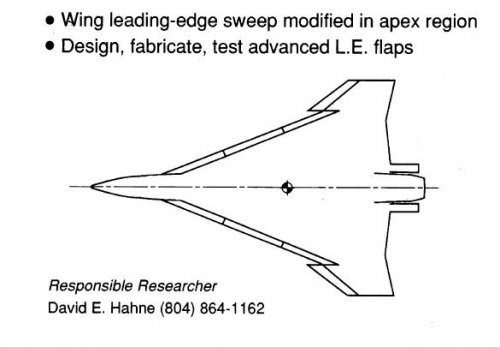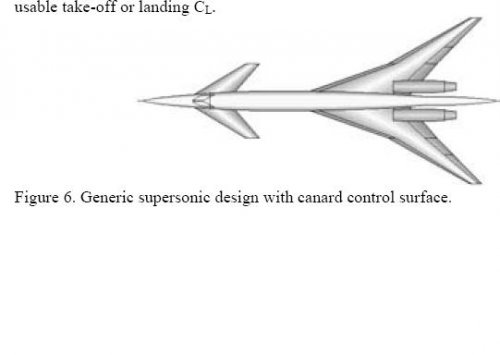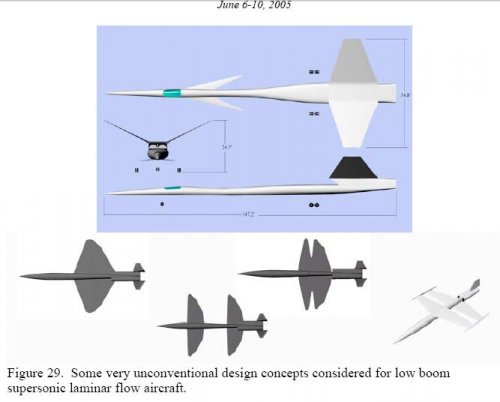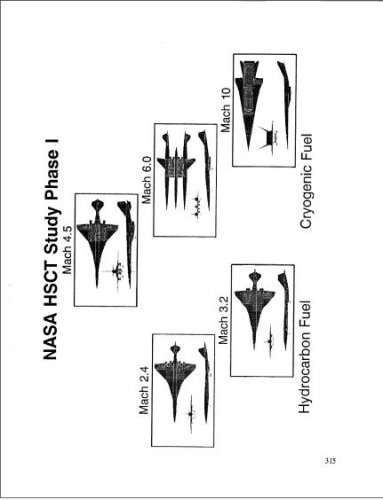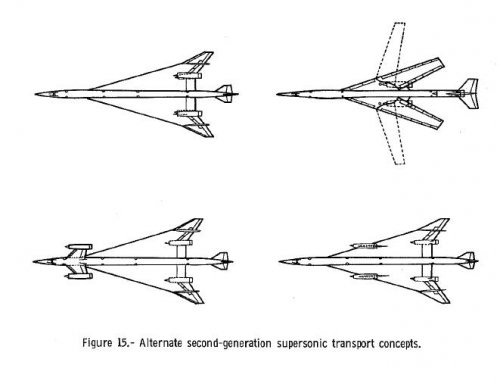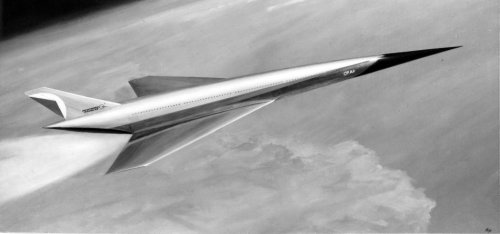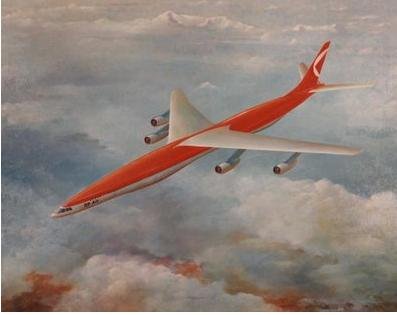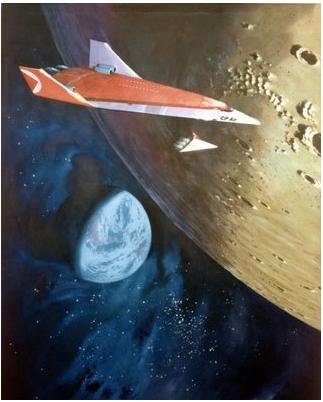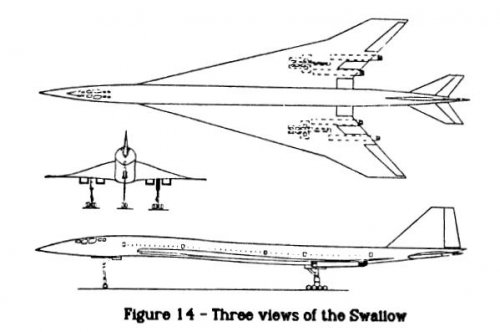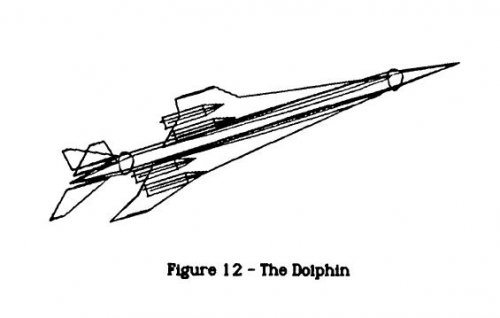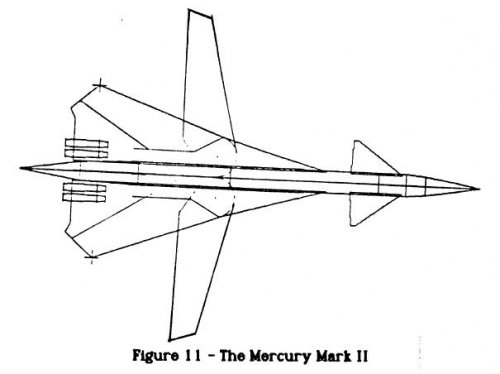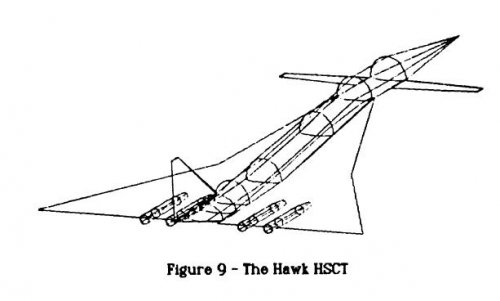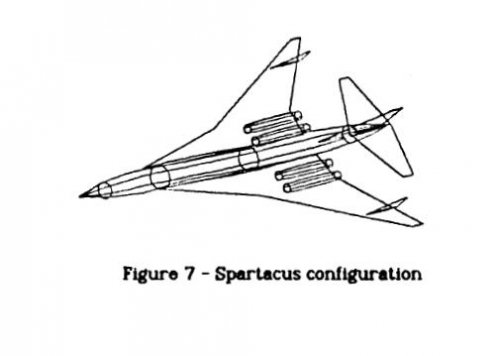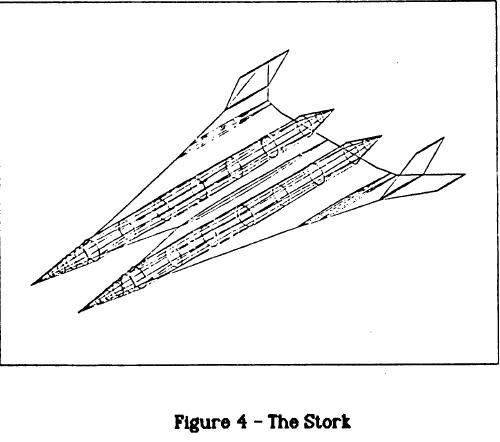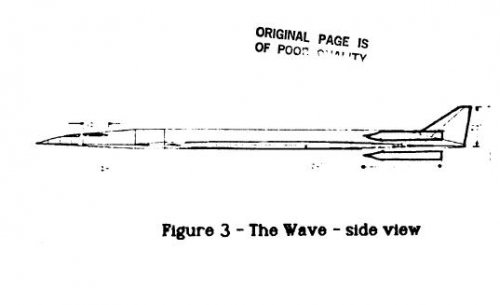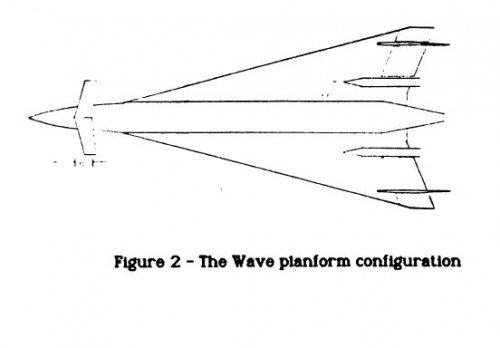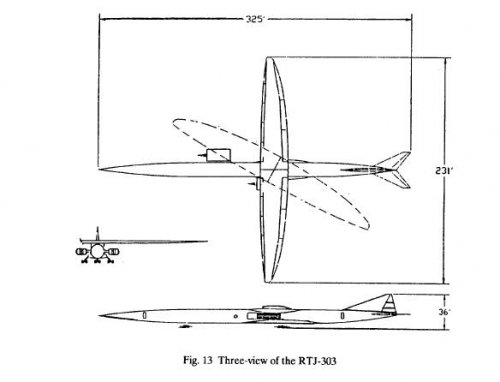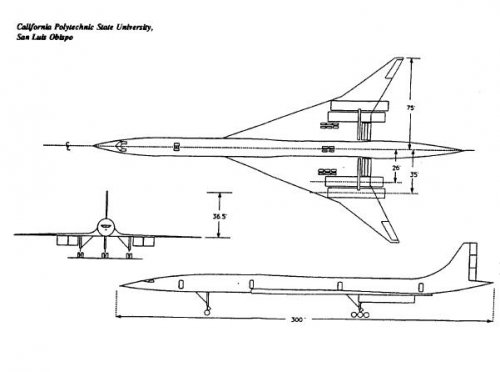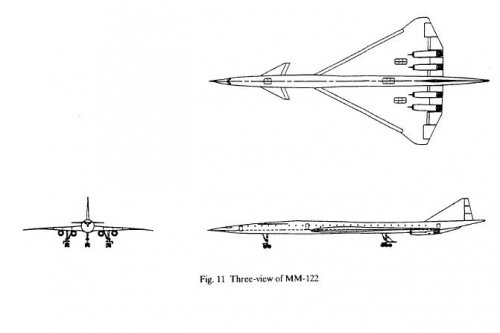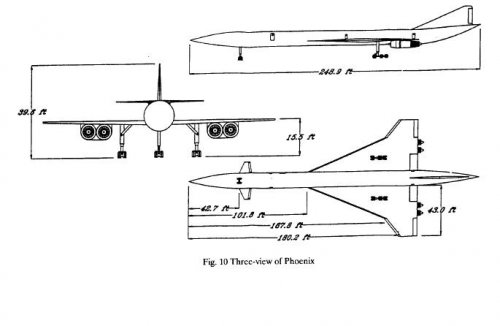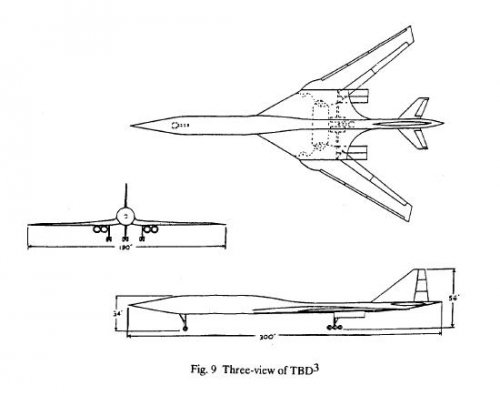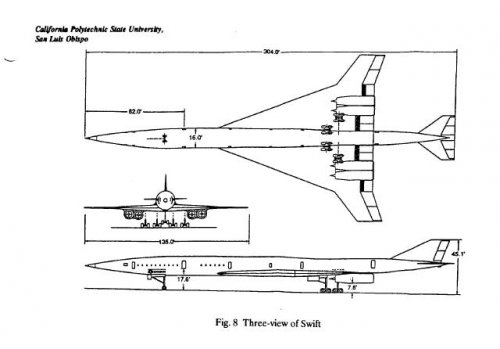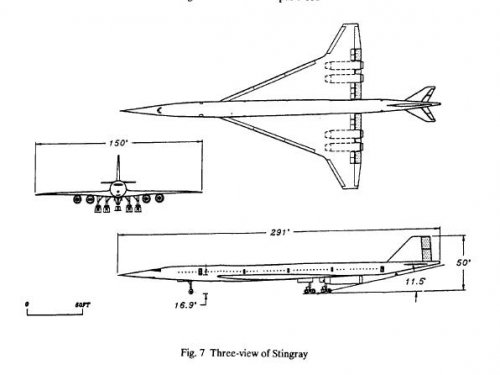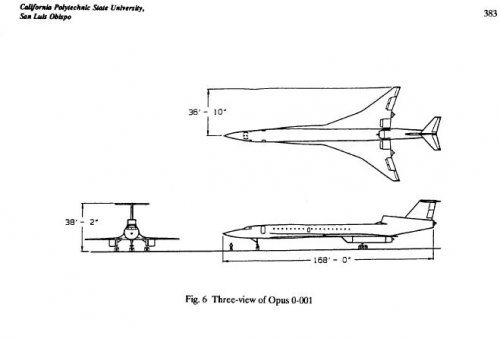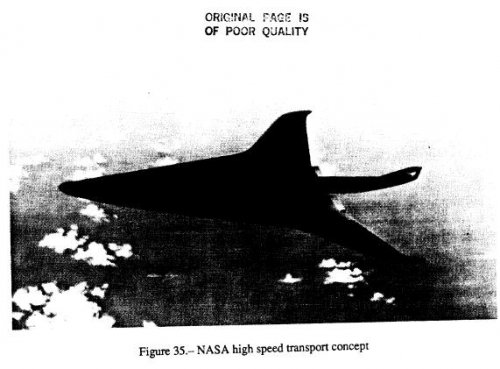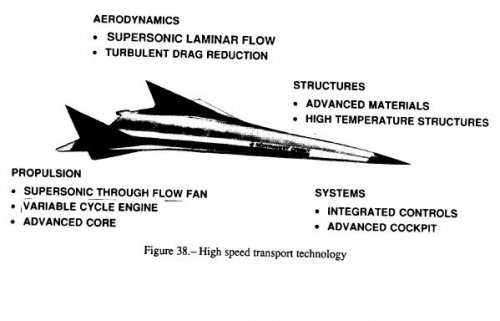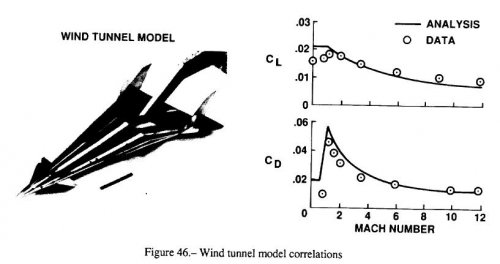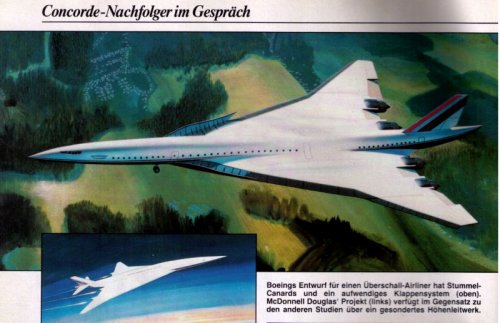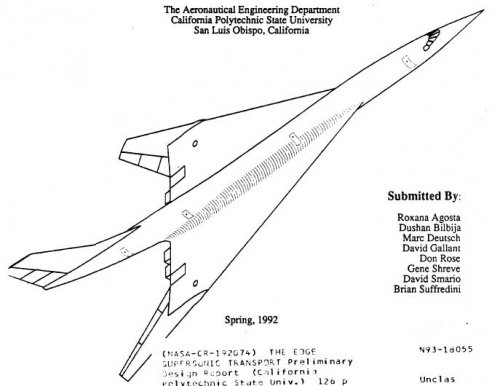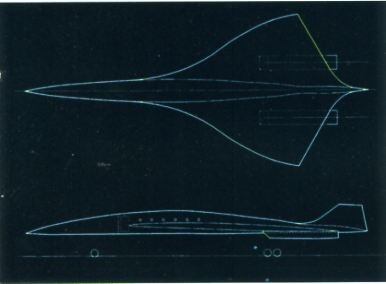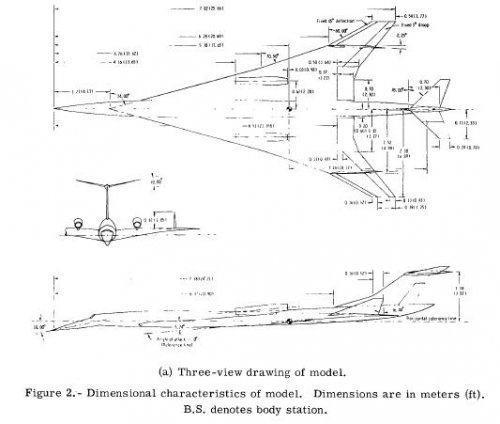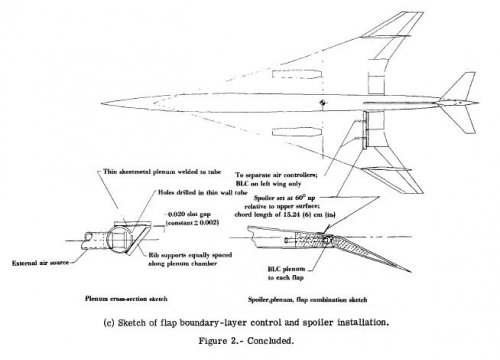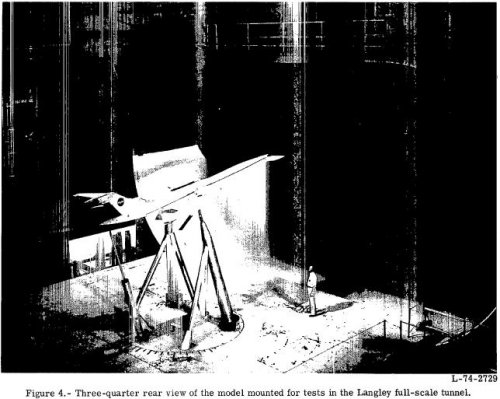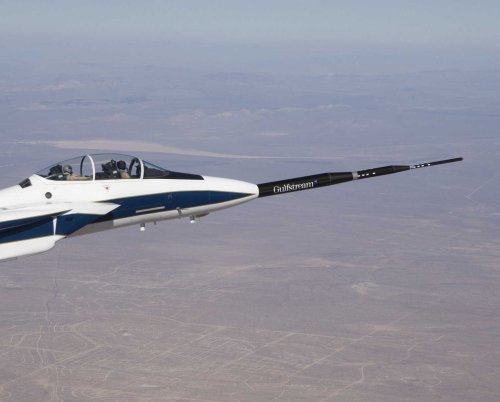Chorendsnorkack, Concorde/Tu-144 and the American SST were two different kind of planes: cruise/maximum speed (Mach 2.2 versus Mach 2.7-3.0); range; payload. There was nothing wrong in the 2707-300 technically-wise, AFAWK. In other words, it would have flown and probably operate successfully, but either with a reduced load on 4000 miles routes, or with a full load on the Concorde's routes. Simply, targeting the total performances used to justify the SST program, the operating cost was deemed too high from the airlines and the Government lost interest in front of the campaign against the double offensive from the "greens" on noise and pollution issues and from a part of the Congress, organized around Sen. Proxmire, that questioned the Government involvement in the program. Nixon had other problems, Boeing didn't even lobby for the SST, anyway, the SST lost by a fist of votes, and the "no" to the SST was rather cathartic, BTW. Following votes in the Congress were all in favor of Government involvement in aerospace (I remind just two: Lockheed loan guarantee and Space Shuttle). BTW, Concorde was "successful" from an economic point of view only if you don't consider the development costs in the equation, and only 14 were operating in a very exclusive configuration and tariffs (I'm not sure Air France was operating profitably, though). Even with that provisos, it was a marginal aircraft, stretched from a technical point of view. A great achievement, mind you, but a purely "prestige" venture by any other considerations. And, the UK government wanted to bail out very early, had not for the treaty they had signed without readying the small printings....

